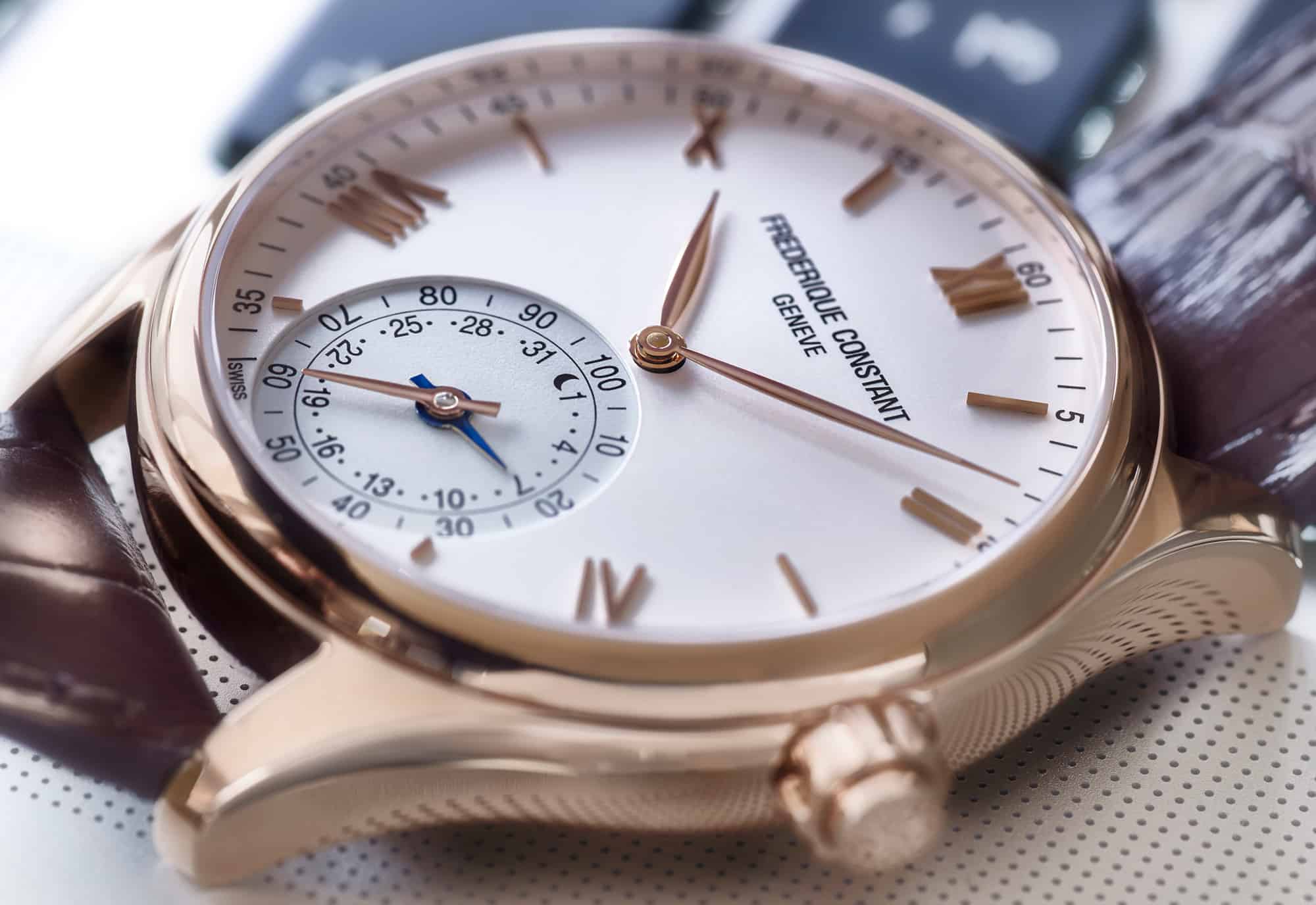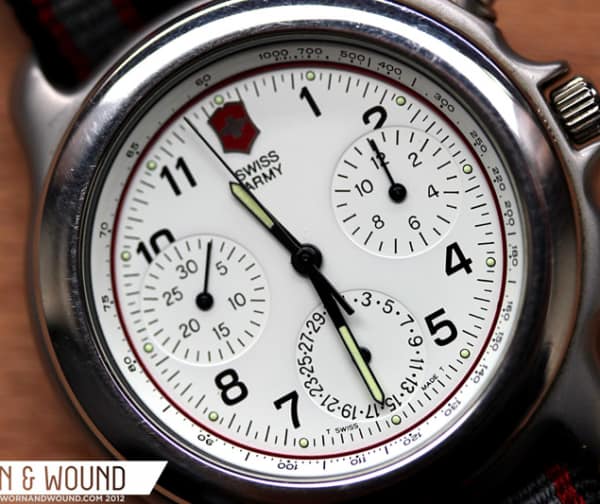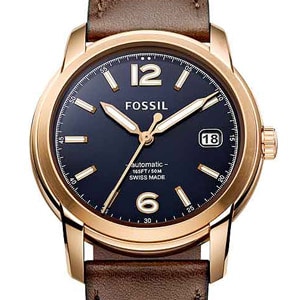I’ll admit that when I saw that Frederique Constant was announcing a smart watch platform, I was dubious of what they might show. This has nothing to with FC specifically, I quite like the brand in fact, but more that a brand with a fairly classical approach to watch making, a brand without any tech to show, not even a digital watch in their current line up let alone anything with software, was delving into “smart territory” just seemed off. I thought to myself, how on Earth is this Swiss brand going to make something competitive, something more than a momentarily news worthy item that would quickly be overshadowed by Apple or just forgotten as a novelty (remember that Gilt Smart Watch?..), a misguided detour in territory they didn’t belong.
Well, what they presented was extremely surprising in many ways and intriguing; The MMT (Manufacture Modules Technologies) Swiss Horological Smartwatch platform… Which actually is a company as well as technology, but more on the former later. First off, in a move that seems decidedly un-Swiss, they teamed up with a silicon valley tech company, Fullpower Technologies, the guys behind the tech in the Jawbone health trackers, helmed by Phillipe Kahn. With Fullpower they developed the infrastructure of software (cloud based storage, apps, firmware, etc…) as well as the hardware side of the movement. What they got was not only an app platform that was based on many years experience in the category, but some cool hardware innovation that actually does set it apart from similar products, if only for the time being. The tech-side is then managed by the US side, while the movement manufacturing is handled by the Swiss.
Second, it wasn’t a digital smartwatch or an ana-digi, as I truly feared. In fact, it isn’t really a “smartwatch” in the Apple and Android watches sense of the word, so much as a watch with an integrated health tracker and on-dial analog display, much like the Withings Activité. No alerts when you’re getting a call, no downloadable dials, just a classic analog watch that happens to have MotionX technology and a sub-dial that indicates “progress”, allowing it to closely monitor movement/goals. To be fair, it’s more than that, but on the surface it may only appear as much.

The watch is also constantly connected to your smart phone via bluetooth. When you get the watch you download the app… yes it’s compatible with both Android and iOS… and sync them up. The app then stores and processes all the data being recorded by the watch whether motion or sleep. It then presents you with all the pretty readouts you can imagine, including tips on how to improve based on your data… the same kind of stuff that Jawbone and other health trackers do. Through the day, your goal progress, such as walk 10k steps, is illustrated via the large sub-dial on the watches. At night, you switch the watch into sleep mode via a button on the crown, and it tracks the quality of your sleep. Cleverly, there are two modes for this, on your wrist and under your pillow, for those of us who don’t sleep with their watch on.
Interestingly, the phone also sets the watch’s time. Take a trip and land in a new timezone, and once your phone knows where it is, it will tell the watch to adjust. I imagine it will also make minor adjustments if needed through out the day. Otherwise the time is kept by a quartz movement, which should be more than accurate enough. Oddly, though the watches have crowns, they are not for use. The crowns are either fixed, with a button passing through, or act as the button themselves. There is something a bit unsettling about a watch that you can’t directly interact with, and I’d could imagine some scenarios, granted they are a bit outlandish, where that could be an issue.
Functions aside, what was really impressive, and a clear point of pride, is that the watches still boast 2.5 years of battery life. This matters for a few reasons… the first simply being that it’s comparable to many other quartz watches and better than most (if not all) health trackers. The other is that it doesn’t require charging, the act of which causes many to quit the use of health trackers, which work best if left on and undisturbed. I’d imagine many a quartz watch ended up at the void at the bottom of a sock drawer too when the battery died as the owner, in lazy absentmindedness, placed it aside with the intention of changing it eventually. 2.5 years isn’t an eternity, but it’s a hell of a lot better than a day or two.
The next feature really resonated with me as it directly addressed something I find disturbing about smartwatches, the hardware is updatable due to a modular design. Basically, there is a quartz watch movement with a “smart” module, which I assume contains the tech (processors, sensors and transmitter), that can be removed separately. In 2.5 years when you send in your watch for a battery change, you can for a fee (they threw the number $100 out there) update the module, presumably increasing speed, efficiency, possibly functionality, etc. That said, I imagine the upgrades to be limited in scope as they couldn’t add an external sensor or a new sub-dial.
I love this, because smart watches, the Apple very much included, are wasteful by design. If they basically are obsolete every couple of years, if not sooner, then one is just throwing them away when they need the new model. This is crass as far as environmental concerns go, but also runs counter to one of the best aspects of watches… they last. They are objects that endure, gaining sentimental value, patina and potentially monetary value. While I doubt a watch with the MMT platform will have the same life cycle as a well maintained mechanical, at least they built into it a way for them to survive. It’s forward thinking and speaks to a deeper love of timepieces.
But what of the watches themselves? Well, here is another interesting turn. As I said, MMT isn’t a watch; it’s a platform. At the unveiling, they showed three brands interpretations of how MMT can be used in products that will be available later this year. They did this to show that it isn’t just an Frederique Constant product, but rather one that will be in brands, should they adopt it, that can range widely. Naturally the first two were FC and Alpina as tehy are sister brands. The FC’s were exactly what you’d expect from the brand in a good way. They were handsome, classic and stately. Likewise, the Alpinas were sporty, with a slightly vintage DNA in a masculine case. They also showed a few women’s watches, which CEO Guido Bendini suggested would be a focus for the MMT.
What I liked about the the FC and Alpina offerings was that they could integrate this tech into the watches without betraying the aesthetics of the brands. The big sub-dials at 6, which also have pointer dates, are cool looking to say the least. Stacked hands, inner and outer indexes… on the FC it looked elegant, like a fine complication. On the Alpina, it looked like a gauge, more technical and athletic. Simply put, it integrates well.
But my excitement reached a peak when Mondaine presented. Before I get to the watch, this is where the scope of this project hit me. MMT is a company, like I said, that is owned by Fullpower and Union Horlogere Holdings, which is the umbrella that owns FC and Alpina. What they were unveiling wasn’t just their watches, it was a movement manufacturer and software developer. One with a product that is the whole package deal for a brand to make their own “smartwatch”. The bigger picture isn’t the FC watches, it’s the brands that will buy into this system, getting the movements, the software, the apps, the servicing, the licensing, etc… As far as the business side of things go, this is also what matters as MMT collects on all brands. Clever and frankly it’s cool that this product is coming from someone other than ETA or Ronda.
Mondaine is the first, but they suggested a few more will be unveiled at Basel. While they only showed renderings, the Mondaine was gorgeous. Based on their Helvetica line, it has clean lines, a graphic simplicity and even a slight quirkiness about it. It’s modern, but has a mid-century feel thanks to the titular font. I could easily see wearing it to work, while walking through NYC or to a bar… In short, if the MMT needs to be worn all the time to collect data it should be on a watch that really appeals to you. Between the three brands you already see three fairly different takes on the concept, the Mondaine just happened to work for me. Who knows what brands will use it and how they might cleverly design around it.
So, where does that leave us… Well, to start the watches will be priced in the $500 – $1000 range. Much more than a health tracker, but inline with the brands and not really surprising for a Swiss-made watch at retail. As far as what to actually think about this… well, opinions are just that, but I think the way to approach it is not as a smartwatch, but rather as a new complication. One that is tech based, but realized through watches. While it might not be measuring a typical unit or function of time, it is recording events in time, so there is a logic to it. Now, when you shop you can consider the moonphase model, the chrono, or the health tracker.
While their is overlap between what it does and what “smartwatches” do, I think that they might not appeal to the same customer. I for one don’t want to know when I’m getting a phone call or an email on my wrist, but I do like health trackers. I actually tried the Jawbone for several months and didn’t like wearing it and a watch at the same time. So, integrating it into a watch does intrigue me. Furthermore, there are many of us that simply don’t find tech attractive as an accessory. This lets you have the tech, but in a more discreet fashion.
That said, as a watch collector, I have issues with the fact that it needs to worn consistently to work, thus not playing well in a watch rotation. While I think this would work best if the phone itself could take over tracking when the watch isn’t worn (I have both walking and sleeping apps, Argus and Sleep Cycle respectively, on my phone for example), that also points out that the watches themselves might not be necessary. A conundrum indeed, but the fact that the wearable trackers industry has grown so much recently suggests that that issue might not matter. I guess we’ll find out over the next few years to see how widely MMT is adopted. Either way, I’m excited to get my hands on one and try it out, perhaps it’s the middle ground I’ve always wanted without realizing it.









 Featured Videos
Featured Videos













